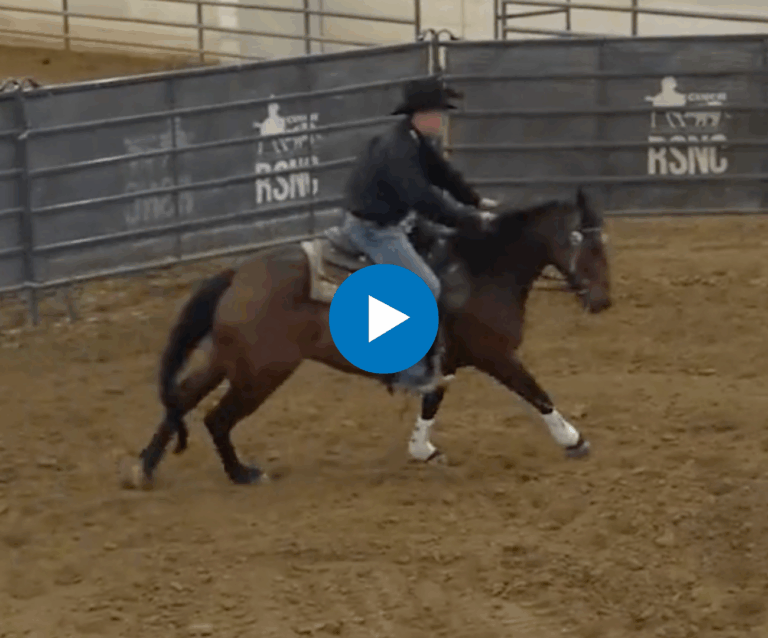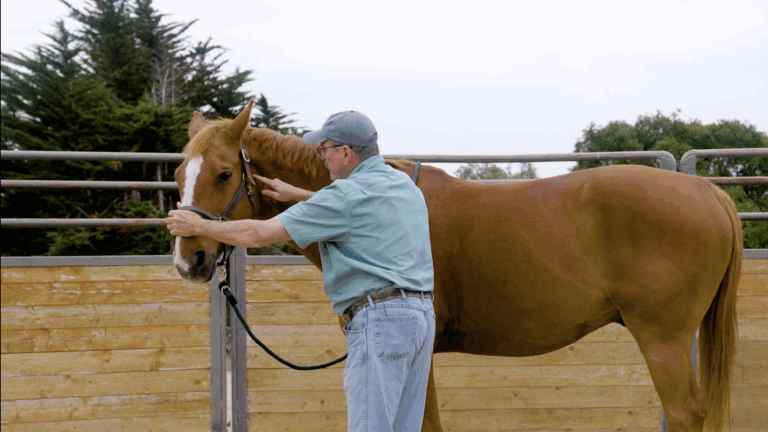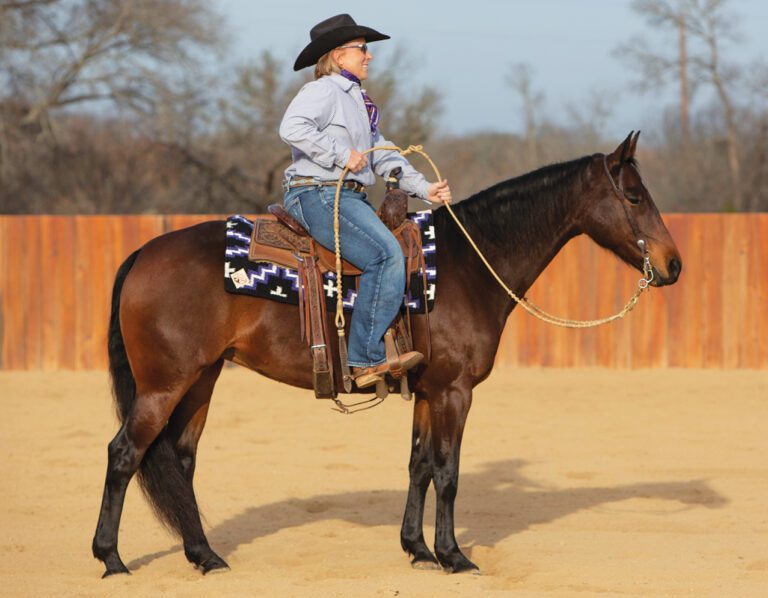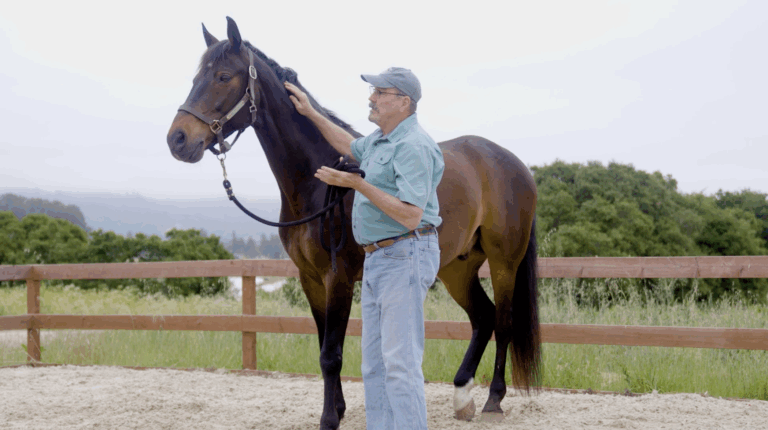Common rider errors such as using too much bit or spur pressure are bad training troubles. But they’re not the “big one.”
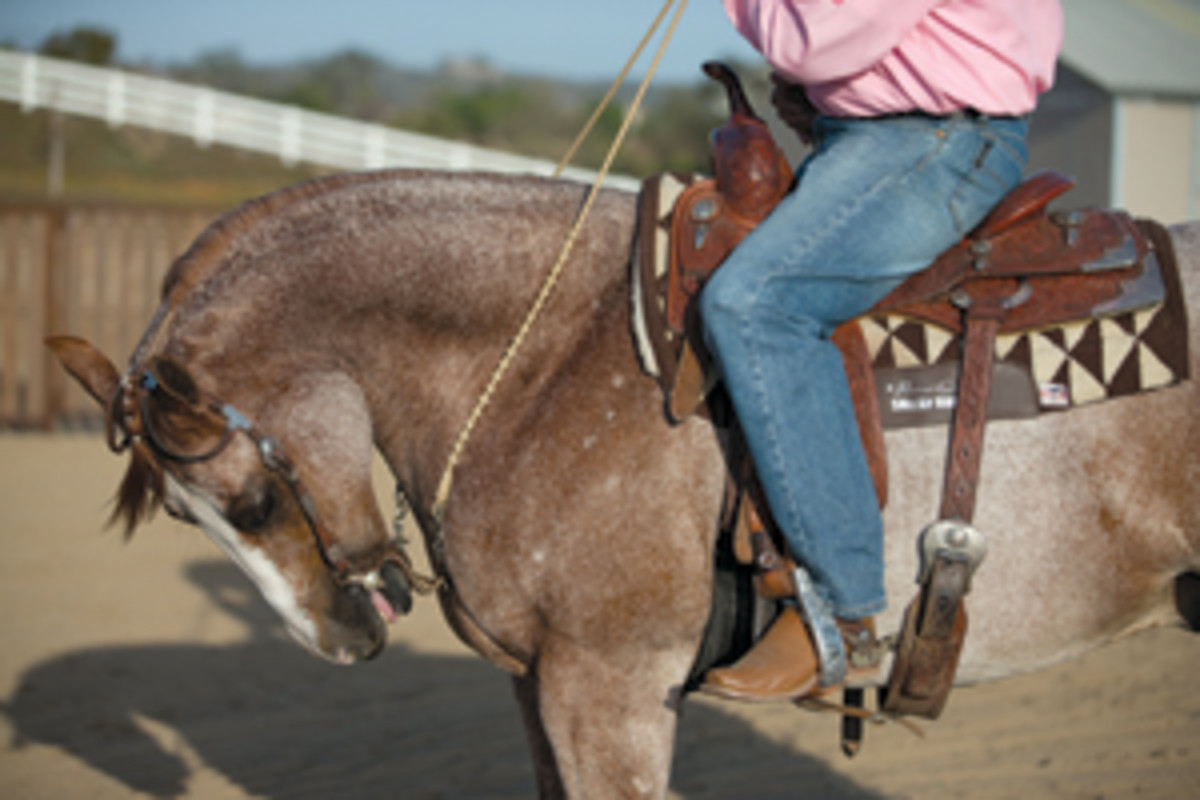
Nope, the biggest mistake I see is riders who don’t know when to quit. It’s giving in to the temptation to keep asking, no, demanding more and more from your horse when he’s given you all he’s physically and/or mentally capable of.
After decades of training and winning at the highest levels, I see it as Training Enemy No. 1. That’s because when you don’t know when to quit, you not only can blow up your horse physically, but you can wreck him mentally.
The Biggest Loser
I understand the quest to get the most out of a horse. I’ve pushed too hard, especially when I was younger. Age and experience have taught me how wrong it is. Why does it happen?
It’s human nature (especially in this day and age) for people to want big results, fast. Toss in the huge prize money now available and “more, more, faster, faster” is magnified. More money means more greed. More greed means more pressure.
This is especially true for trainers. When owners spend big bucks on a horse (and when there are big bucks to win), they put increasing pressure on the trainer. Trainers also put pressure on themselves: A big win can be a game-changer, career-wise. And then there’s the prestige that goes with it. (Amateurs aren’t exempt; they want to win, too.)
The biggest loser in this pressure cooker is the horse. When the humans around him have their eyes on the prize rather than on what’s right for him, he’s the one that blows up.
How do you diffuse the pressure? Learn when to quit on a day-to-day basis. By that, I mean know when to stop for the day, or at least when to stop pressuring a horse. This is especially key when riding youngsters. The younger the horse, the shorter his attention span…and the less physically mature he is.
It’s also key when you’re taking any horse out of his comfort zone, say by introducing a higher degree of difficulty or a new event. You can’t force the new information on him to meet your training deadline. That’s what causes meltdowns. Your horse will get insecure and lose confidence.
In such a case you almost have to ask the horse, “Hey, what do you think of this?” With a gentle introduction, he’ll answer you with his mind and body. If he stays loose, relaxed, and willing, he’s saying, “I’m game to find out.” If he gets tense, short-strided, reactive, and resistant, he’s either confused (so you need to make your introduction clearer) or not interested.
Take It From Me
I’ve learned the hard way that you can’t force a horse to do something he doesn’t want to do, or lacks the confidence and/or physical ability to do. That’s how I’ve learned when to back off and release the pressure. Signs can be subtle…or not. It could be that your willing, confident horse becomes worried or resistant. Or, it could be a change in behavior, say, from solid citizen to spook.

To avoid the problem, the first step is to ask yourself this: What level am I trying to get to with this horse? And, is he capable of getting me there? Am I capable of getting him there? Be honest.
If you have any doubts, consult a reputable trainer. Because if your horse lacks the ability to get you to your goal, and/or you lack the ability to get him there, trouble is going to happen. One or both of you could get hurt.
For instance, I have a mare in my barn that’s good, but not great. When I show her at the right places, she can win. But in great company, she can’t. She lacks the natural ability of a great horse, and I can’t pressure her into getting it. So I don’t. I’m realistic about her abilities, and ride her accordingly. If I were to constantly push her to give me more than she’s capable of, she’d fall apart.
If you do have the right horse to match your goal, and the ability to ride him to that goal, listen to him when you’re riding. He’ll tell you when he’s maxed out.
For instance, instead of demanding perfection before you quit for the day, aim for incremental progress over yesterday’s session. Quit when you get it. If you keep pressing for more, more, more, the horse is never going to learn when he’s supplied the right answer.
Don’t Forget the Reward
Lack of reward fuels insecurity and resentment. Your horse never learns exactly what you’re looking for. Say, for instance, you’re teaching him to yield to bit pressure. You pull on the rein. He yields a tiny bit.
Rather than releasing the pressure to reward him, you keep pulling, demanding that he yield more and more. Pretty soon, he’s pulling back. You spend an hour yanking him around. You’ve inadvertently taught him to pull against pressure (and resent learning!) rather than yield to it.
Instead, look for—and reward—incremental progress. Using the above scenario, don’t demand a big yield in response to bit pressure. Instead, immediately release and reward your horse when he shows the tiniest inclination to yield to the pressure, by following it with his head, or even simply resisting less. You may not get a big response that first session; it’s okay.
Keep work sessions short and look for a good place to quit, a place in which your horse showed incremental improvement in his response. He’ll come back the next day willing to do more. With time, you can gradually ask for a higher degree of responsiveness.
Knowing when to quit and how to reward is the biggest training secret. It’s how you make great horses great (and keep good ones good). It’s how you keep any horse from burning out. It’s finesse versus bullying.
A multiple AQHA world champion, Avila has also won three NRCHA Snaffle Bit Futurities, the NRHA Futurity, and two World’s Greatest Horseman titles. He received the AQHA Professional Horseman of the Year honor. His Avila Training Stables, Inc., is in Temecula, California. Learn more at bobavila.net.

